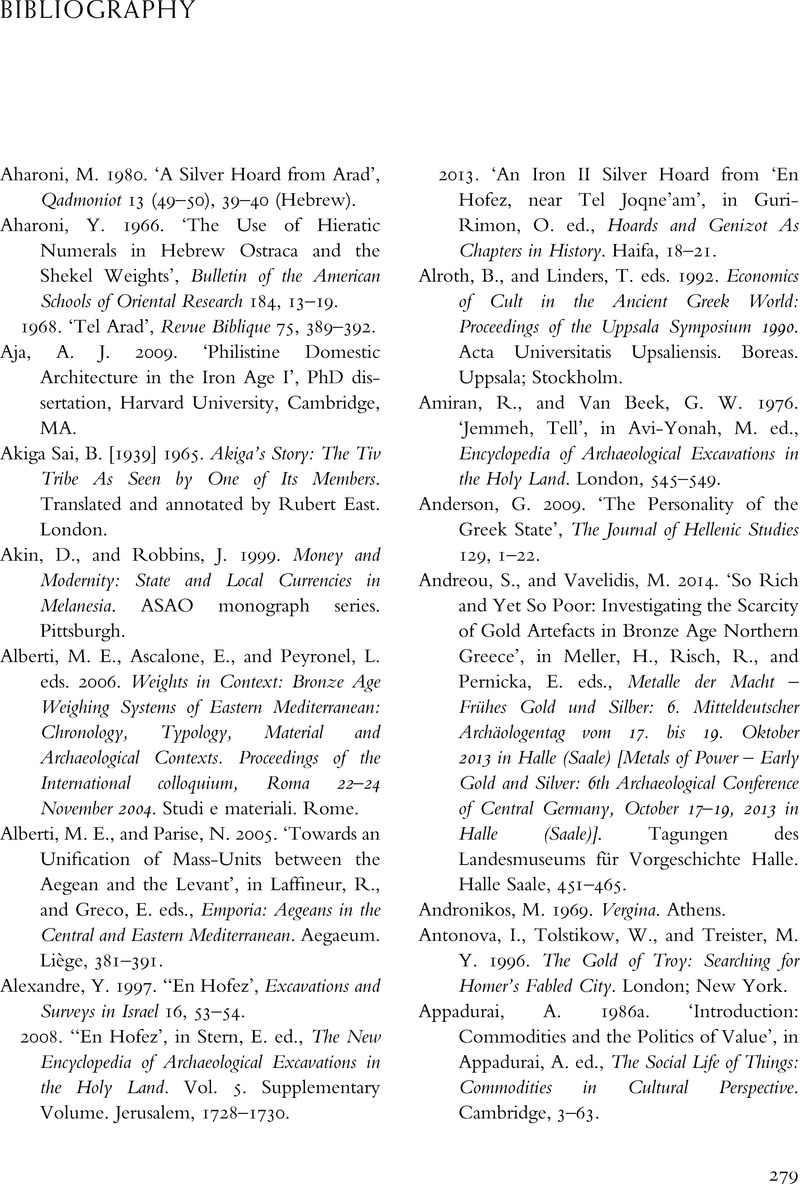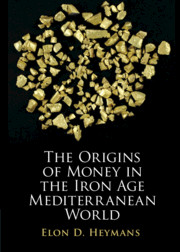Book contents
- The Origins of Money in the Iron Age Mediterranean World
- The Origins of Money in the Iron Age Mediterranean World
- Copyright page
- Contents
- Figures
- Maps
- Tables
- Preface
- Acknowledgements
- Author’s Note
- One Rethinking the Origins of Money
- Two Outline of an Approach to Money
- Three A Study of Iron Age Precious Metal Hoards
- Four Money in the Iron Age Southern Levant
- Five Money in the Iron Age Aegean
- Six Conclusion
- Appendix A Catalogue of Iron Age Precious Metal Hoards in Israel/Palestine
- Bibliography
- Index of Ancient Sources
- General Index
- References
- The Origins of Money in the Iron Age Mediterranean World
- The Origins of Money in the Iron Age Mediterranean World
- Copyright page
- Contents
- Figures
- Maps
- Tables
- Preface
- Acknowledgements
- Author’s Note
- One Rethinking the Origins of Money
- Two Outline of an Approach to Money
- Three A Study of Iron Age Precious Metal Hoards
- Four Money in the Iron Age Southern Levant
- Five Money in the Iron Age Aegean
- Six Conclusion
- Appendix A Catalogue of Iron Age Precious Metal Hoards in Israel/Palestine
- Bibliography
- Index of Ancient Sources
- General Index
- References
Summary

- Type
- Chapter
- Information
- The Origins of Money in the Iron Age Mediterranean World , pp. 279 - 322Publisher: Cambridge University PressPrint publication year: 2021

